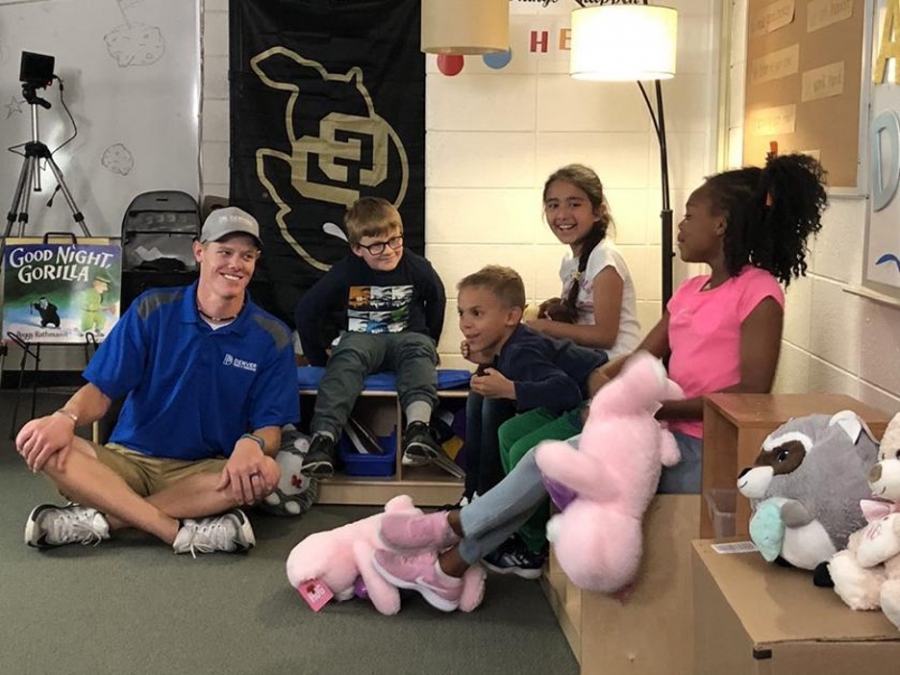- Be intentional.
Building positive relationships is a core value at the heart of OST culture. Most OST programs are inherently social and simply by participating in them, children learn social-emotional skills through observation, practice, and reinforcement. Incorporating an SEL program into your OST setting can help make this learning intentional.
- Make it S.A.F.E.
Research has identified four recommended practices OST providers should consider when creating SEL programming. These four practices form the acronym S.A.F.E. (Durlak, Weissberg, & Pachan, 2010) and suggest a program:
- Sequenced: use a connected and coordinated set of activities to achieve its objectives
- Active: use active forms of learning to help kids learn and practice new skills
- Focused: have at least one component devoted to developing personal or social skills
- Explicit: target specific social-emotional skills rather than targeting positive development in general terms
- Have fun!
SEL programming for OST settings can provide kids with a fun, active way to understand their emotions and build positive relationships. Committee for Children’s research-based SEL program designed specifically for OST settings includes 147 play-based and age-appropriate activities to keep kids engaged. All activities include embedded instructional supports for staff, and both English-language and Spanish-language versions are available. Find out more about Second Step® Out-of-School Time and get $50 off when you purchase using the code NAAOST2022.
Written by Zena Johnson, Committee for Children

